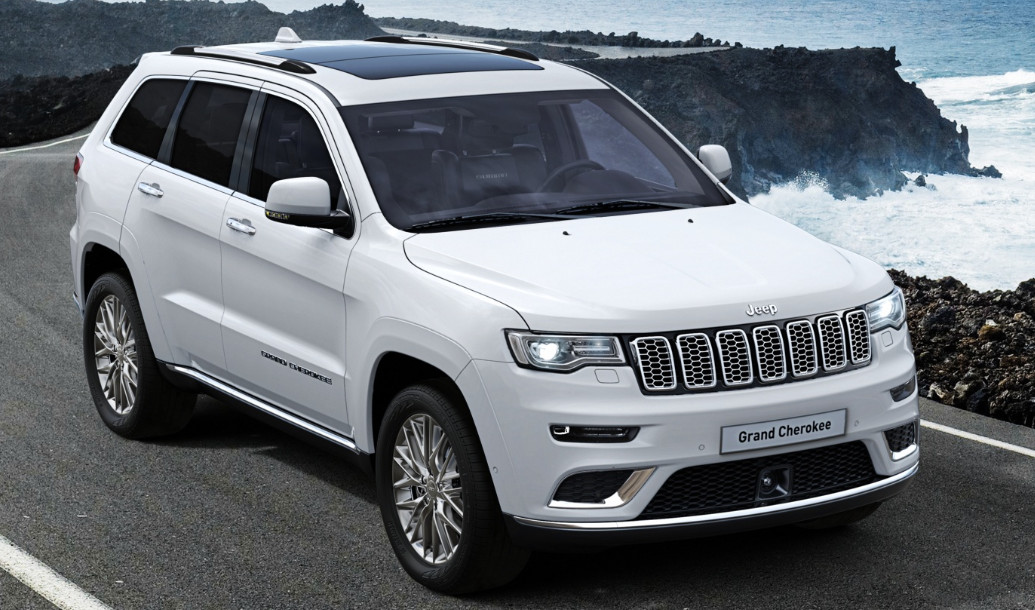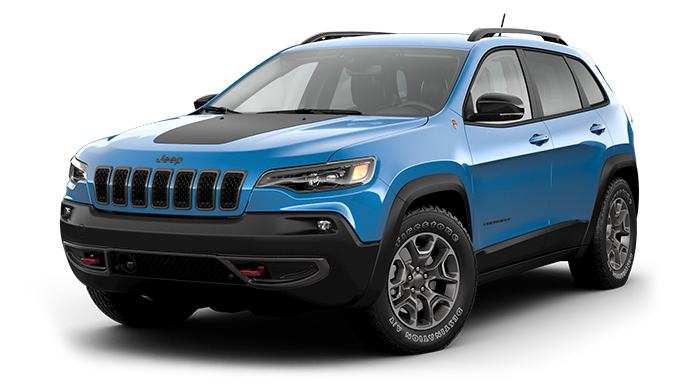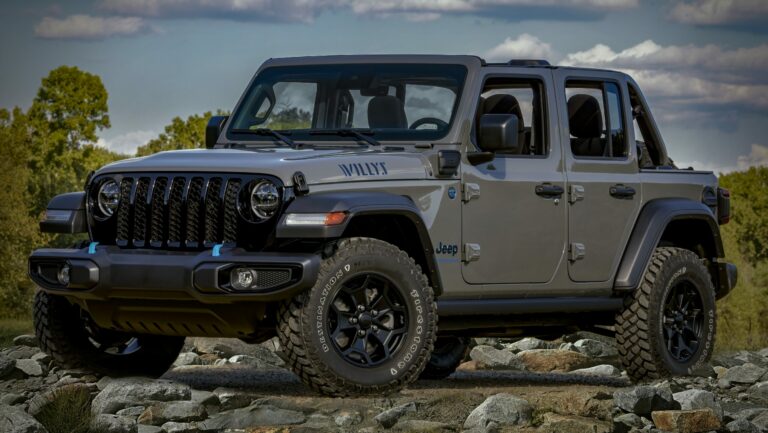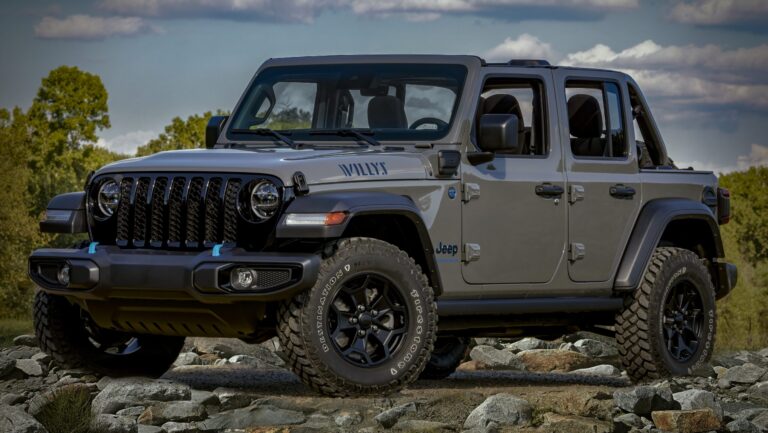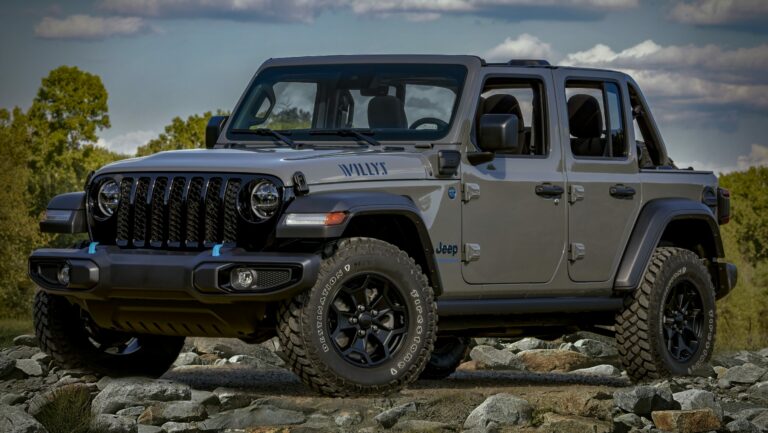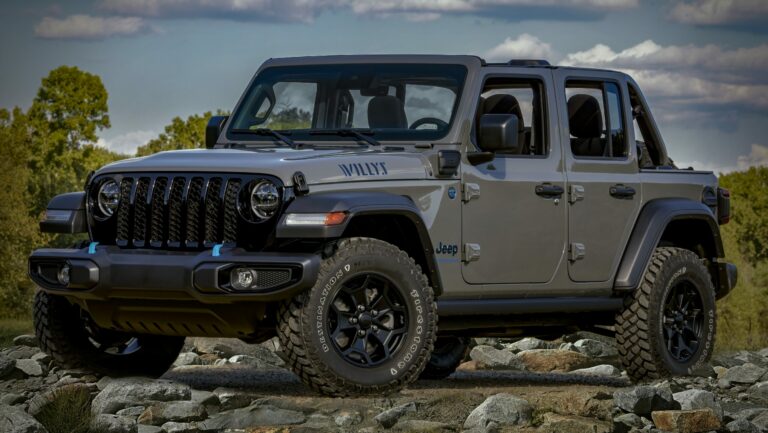Jeep Grand Cherokee Lease Payment: Your Comprehensive Guide
Jeep Grand Cherokee Lease Payment: Your Comprehensive Guide jeeps.truckstrend.com
The allure of a new Jeep Grand Cherokee is undeniable – its blend of rugged capability, luxurious comfort, and sophisticated technology makes it a top choice for families and adventurers alike. For many, the dream of driving this iconic SUV becomes a reality not through purchase, but through leasing. Understanding the intricacies of a Jeep Grand Cherokee lease payment is crucial for making an informed decision that aligns with your financial goals and lifestyle.
Leasing, at its core, is a long-term rental agreement. Instead of buying the vehicle outright, you pay for the depreciation of the vehicle over a set period, plus interest and fees. This often translates to lower monthly payments compared to financing a purchase, making it an attractive option for those who enjoy driving a new car every few years, prefer predictable monthly expenses, and aren’t concerned with building equity. This comprehensive guide will demystify Jeep Grand Cherokee lease payments, helping you navigate the process with confidence.
Jeep Grand Cherokee Lease Payment: Your Comprehensive Guide
Understanding the Basics of Leasing a Jeep Grand Cherokee
Before diving into the numbers, it’s essential to grasp the fundamental components that make up a lease payment. Unlike a car loan where you pay for the entire vehicle’s value, a lease payment is primarily based on the expected depreciation of the vehicle during the lease term.
Here are the key elements:
- Capitalized Cost (Cap Cost): This is essentially the selling price of the vehicle that you are leasing. It’s the starting point for your lease calculation. Just like buying, you can (and should) negotiate this price. A lower capitalized cost directly leads to lower monthly payments.
- Residual Value: This is the estimated value of the vehicle at the end of the lease term. It’s determined by the leasing company and is expressed as a percentage of the MSRP. A higher residual value means less depreciation over the lease term, which in turn results in lower monthly payments. The Grand Cherokee generally holds its value well, often contributing to competitive lease offers.
- Money Factor: Often referred to as the "lease interest rate," the money factor represents the finance charge on your lease. It’s typically expressed as a very small decimal (e.g., 0.00200). To convert it to an equivalent annual interest rate, multiply it by 2400 (0.00200 x 2400 = 4.8%). A lower money factor means less interest paid and a lower monthly payment. Your credit score significantly influences the money factor you’re offered.
- Lease Term: This is the duration of your lease agreement, typically 24, 36, or 48 months. Shorter terms generally have higher monthly payments (due to faster depreciation recognition) but lower overall depreciation costs, while longer terms spread the depreciation over more months, resulting in lower individual payments but potentially higher overall costs and less flexibility.
- Mileage Allowance: Leases come with an annual mileage limit (e.g., 10,000, 12,000, or 15,000 miles per year). Exceeding this limit results in overage penalties, typically ranging from $0.15 to $0.25 per mile. Choosing a higher mileage allowance will increase your monthly payment but can save you from costly penalties later.
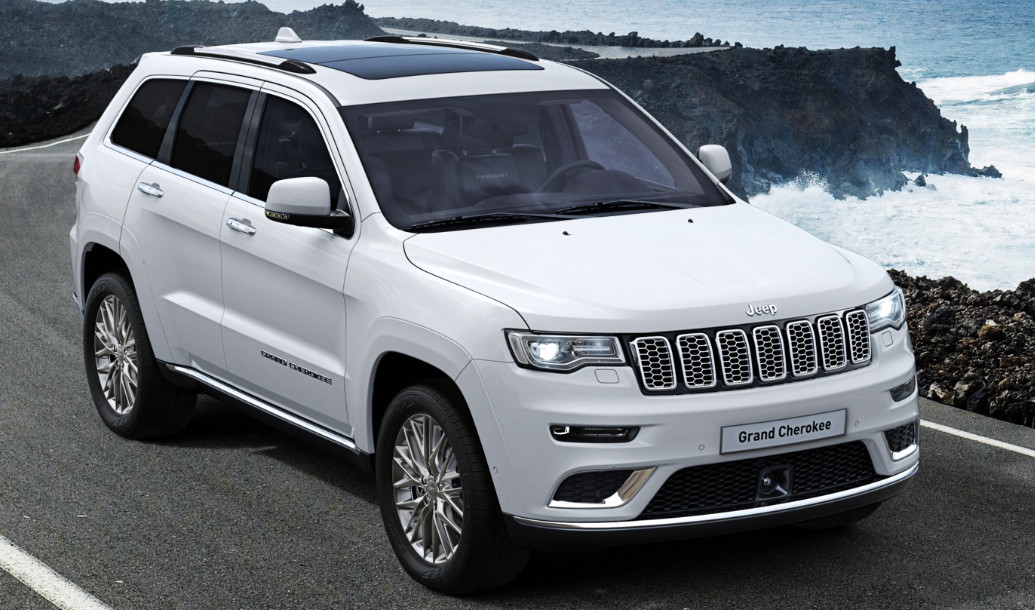
Factors Influencing Your Jeep Grand Cherokee Lease Payment
Several variables play a significant role in determining your specific Jeep Grand Cherokee lease payment:
- MSRP and Negotiated Price: The manufacturer’s suggested retail price (MSRP) of the Grand Cherokee trim level you choose is the starting point. However, always negotiate the capitalized cost, treating it as if you were buying the car. Every dollar you shave off the cap cost reduces your monthly payment.
- Trim Level and Options: A Grand Cherokee Laredo will have a significantly different lease payment than a Summit Reserve. Higher trim levels, premium packages, and added features increase the MSRP and, consequently, the capitalized cost and lease payment.
- Current Incentives and Rebates: Manufacturers often offer special lease incentives, such as lease cash, lower money factors, or boosted residual values, to move inventory. These can drastically reduce your monthly payment. Always ask about current promotions.
- Down Payment (Capital Cost Reduction): While a down payment (also called a capitalized cost reduction) will lower your monthly payment, it’s generally advised to put down as little as possible on a lease. If the vehicle is stolen or totaled early in the lease, you may lose that upfront money. Consider using the funds for multiple security deposits instead, which can lower the money factor and are often refundable.
- Taxes and Fees: Various fees are associated with leasing:
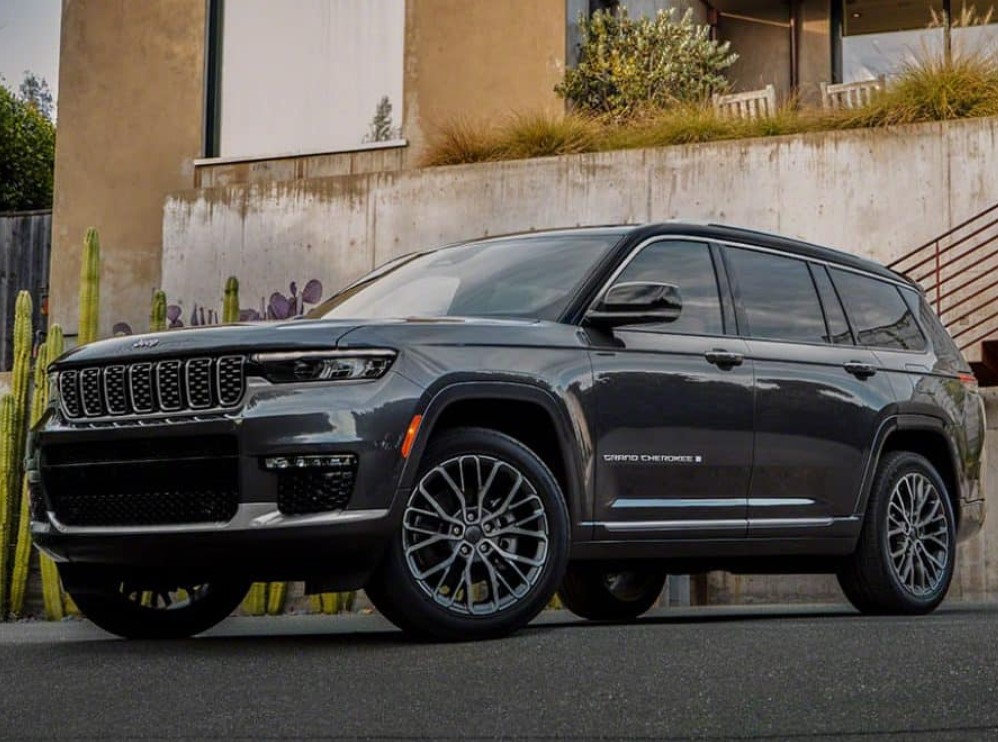
- Acquisition Fee: A fee charged by the leasing company for setting up the lease (typically $595-$995).
- Documentation Fee: A dealer fee for processing paperwork.
- Registration and License Fees: Standard fees for plates and vehicle registration.
- Sales Tax: Varies by state; some states tax the total lease payments, while others tax the full capitalized cost.
- Disposition Fee: Charged at the end of the lease when you return the vehicle (typically $300-$500), unless you lease another vehicle from the same brand.
- Your Credit Score: A strong credit score (typically 700+) is paramount. It qualifies you for the lowest money factor, significantly impacting your monthly payment. Those with lower scores may face higher money factors or may not qualify for a lease at all.

The Process: How to Secure a Jeep Grand Cherokee Lease
Securing a favorable Jeep Grand Cherokee lease involves research, negotiation, and careful review:
- Research Grand Cherokee Trims: Identify the specific Grand Cherokee trim (e.g., Laredo, Limited, Overland, Summit, Trackhawk, 4xe) and options that fit your needs and budget. Know their MSRPs.
- Shop Around for Quotes: Contact multiple Jeep dealerships (at least three to five). Don’t just ask for the monthly payment; request the MSRP, negotiated capitalized cost, residual value, money factor, and mileage allowance. This transparency allows for true comparison.
- Negotiate the Capitalized Cost: This is your primary negotiation point. Aim for a price close to or below invoice, just as if you were buying the car.
- Understand the Money Factor and Residual Value: Confirm these figures. Sometimes a dealership will inflate the money factor if they’ve given you a good deal on the cap cost.
- Calculate the Payment: You can use online lease calculators or the following simplified formula:
- (Capitalized Cost – Residual Value) / Lease Term (This is the depreciation portion)
- (Capitalized Cost + Residual Value) x Money Factor (This is the finance charge)
- Add these two results, then add applicable taxes and fees.
- Review the Lease Agreement: Before signing, meticulously read every clause. Pay close attention to the total cost, early termination penalties, wear and tear guidelines, and end-of-lease options. Ensure all agreed-upon terms (cap cost, money factor, residual) are correctly reflected.
Benefits and Potential Challenges of Leasing a Grand Cherokee
Leasing offers distinct advantages but also comes with certain considerations:
Benefits:
- Lower Monthly Payments: Often the most significant draw, allowing you to drive a higher-trim Grand Cherokee for less per month than buying.
- Drive a New Vehicle More Often: Enjoy the latest technology, safety features, and styling every few years.
- Warranty Coverage: The vehicle is typically under warranty for the entire lease term, minimizing unexpected repair costs.
- Predictable Expenses: Apart from fuel and insurance, your monthly payment is fixed, making budgeting easier.
- Less Hassle: At lease end, you simply return the vehicle (subject to mileage and wear limits) or buy it, avoiding the complexities of selling a used car.
Potential Challenges:
- Mileage Restrictions: Going over your allotted miles can result in significant penalties.
- No Equity Built: You don’t own the car, so there’s no equity to build or trade in.
- Wear and Tear Charges: Excessive damage beyond "normal wear and tear" can incur charges at lease end.
- Early Termination Fees: Getting out of a lease early can be very expensive, often costing thousands of dollars.
- Higher Long-Term Cost: If you perpetually lease, you will likely pay more over time than if you bought and kept vehicles for many years.
Tips for Getting the Best Jeep Grand Cherokee Lease Deal
- Know Your Credit Score: A good score is your strongest negotiation tool for a low money factor.
- Negotiate the Selling Price First: Treat the capitalized cost as if you’re buying the car. Get the best "sale price" before discussing lease terms.
- Focus on Money Factor and Residual Value: Once the cap cost is set, these are the next most important numbers.
- Consider a Shorter Lease Term: While monthly payments might be slightly higher, 24 or 36-month leases often have better residual values and less risk of significant wear and tear.
- Beware of Large Down Payments: As mentioned, avoid putting down a significant sum. Use that cash for multiple security deposits if offered, or keep it for an emergency fund.
- Look for Manufacturer Incentives: Check Jeep’s official website for current lease specials and incentives before you visit the dealership.
- Compare Multiple Offers: Don’t settle for the first deal. Pit dealerships against each other to get the best terms.
- Understand End-of-Lease Options: Know whether you can buy out the lease, return the car, or lease another new Jeep.
Sample Jeep Grand Cherokee Lease Payment Table (Illustrative Examples)
Please Note: These figures are purely hypothetical and for illustrative purposes only. Actual lease payments vary significantly based on location, specific trim, options, current incentives, dealership negotiation, individual credit score, and market conditions. Always obtain multiple personalized quotes.
| Grand Cherokee Trim (Example) | MSRP (Approx.) | Lease Term (Months) | Annual Mileage | Down Payment (Cap Cost Reduction) | Illustrative Monthly Payment (Excl. Tax) | Illustrative Residual Value (End of Lease) |
|---|---|---|---|---|---|---|
| Laredo 4×2 | $40,000 | 36 | 10,000 | $0 | $450 – $550 | $23,000 (57.5%) |
| Limited 4×4 | $50,000 | 36 | 12,000 | $1,500 | $580 – $680 | $28,500 (57%) |
| Overland 4×4 | $60,000 | 48 | 10,000 | $0 | $650 – $750 | $31,200 (52%) |
| Summit Reserve 4×4 | $70,000 | 36 | 12,000 | $2,500 | $800 – $950 | $39,200 (56%) |
| Grand Cherokee 4xe (Limited) | $65,000 | 36 | 10,000 | $0 | $690 – $800 | $37,050 (57%) |
Assumptions for illustrative payments: Good credit, typical acquisition fees, average money factor (equivalent to 4-6% APR), and no specific manufacturer incentives applied.
Concluding Summary
Leasing a Jeep Grand Cherokee can be an excellent way to experience the comfort, capability, and prestige of this renowned SUV without the long-term commitment and higher monthly payments of a purchase. By understanding the core components of a lease payment – capitalized cost, residual value, money factor, and lease term – and diligently negotiating each aspect, you can secure a deal that perfectly fits your budget and driving habits. Remember to research thoroughly, compare offers from multiple dealerships, and always read the fine print. With careful planning, your dream of driving a new Grand Cherokee can become an affordable and enjoyable reality.
Frequently Asked Questions (FAQ) about Jeep Grand Cherokee Lease Payment
Q1: What is the best lease term for a Jeep Grand Cherokee?
A1: The "best" term depends on your priorities. 24 or 36-month leases often have better residual values and keep you in a new vehicle more frequently. 36-month terms are generally the most popular as they balance lower monthly payments with frequent upgrades.
Q2: Can I negotiate the Jeep Grand Cherokee lease payment?
A2: Absolutely! You can negotiate the capitalized cost (the selling price of the car for the lease), which is the biggest factor in your payment. You can also try to negotiate the money factor, especially if you have excellent credit.
Q3: What happens at the end of a Grand Cherokee lease?
A3: You typically have three options:
- Return the vehicle: Subject to mileage limits and wear & tear guidelines, you simply return the car and pay any disposition fees.
- Purchase the vehicle: You can buy the Grand Cherokee for the residual value stated in your lease agreement.
- Lease a new vehicle: You can trade in your current lease for a new one, often waiving the disposition fee.
Q4: Is a down payment always necessary for a Jeep Grand Cherokee lease?
A4: No, a down payment (capitalized cost reduction) is not always necessary. Many leases are structured with $0 down. While a down payment lowers your monthly payment, it’s generally advised to keep it minimal or use multiple security deposits instead, as you risk losing that money if the car is totaled early in the lease.
Q5: What are "normal wear and tear" charges on a leased Grand Cherokee?
A5: Normal wear and tear refers to minor scuffs, dings, and interior marks that occur with regular use. However, excessive damage (e.g., large dents, cracked windshield, torn upholstery, bald tires) will incur charges. Most leasing companies provide a detailed guide on what constitutes excessive wear.
Q6: How does my credit score affect the lease payment?
A6: Your credit score is a major factor. A higher credit score (typically 700+) will qualify you for the lowest money factor (equivalent to the interest rate), which significantly reduces your monthly payment. A lower score will result in a higher money factor or may prevent you from qualifying for a lease altogether.
